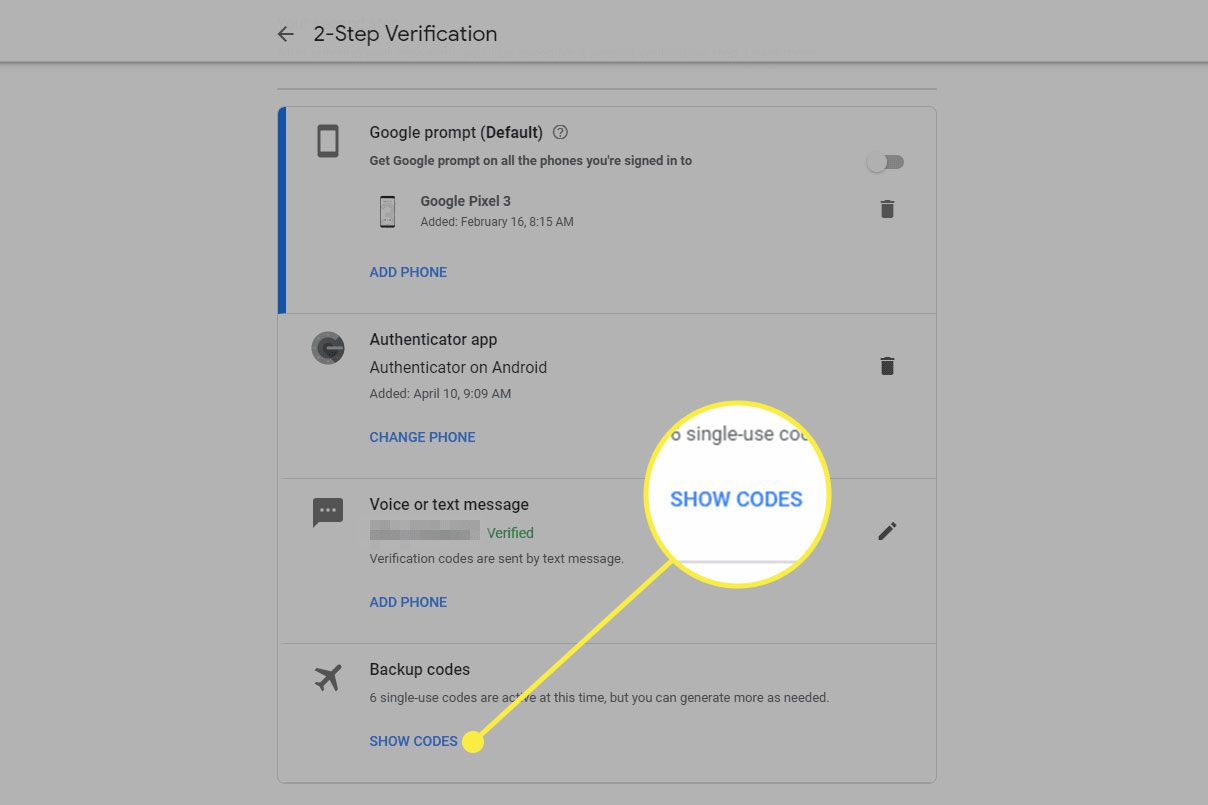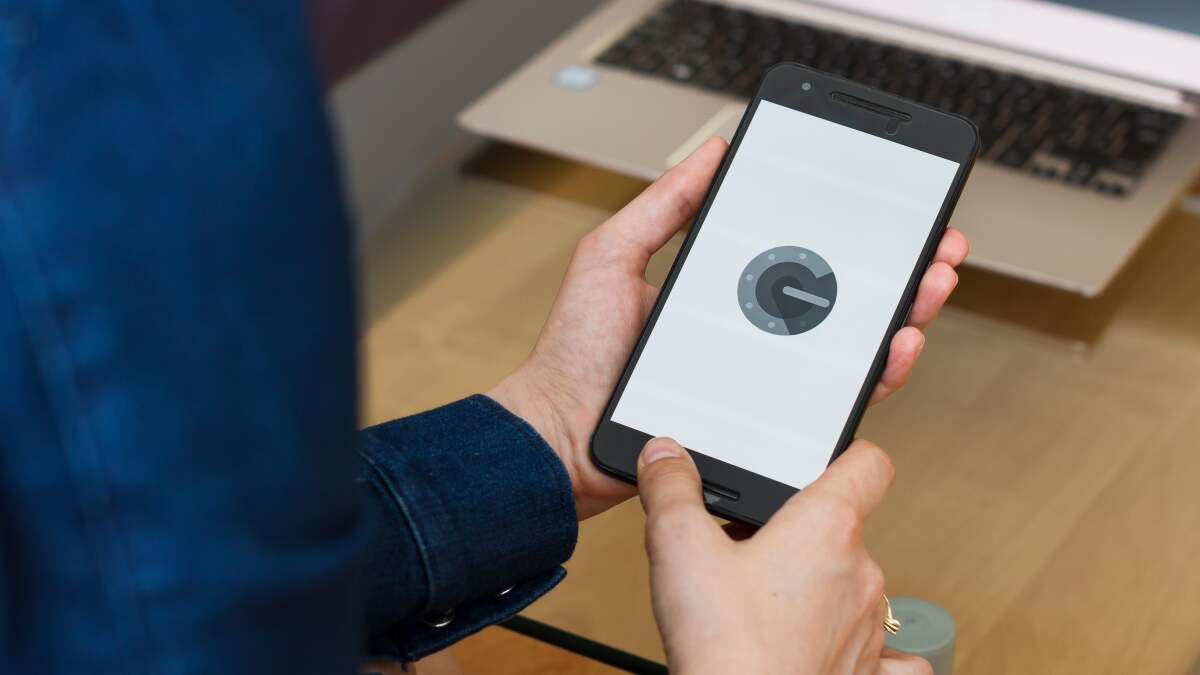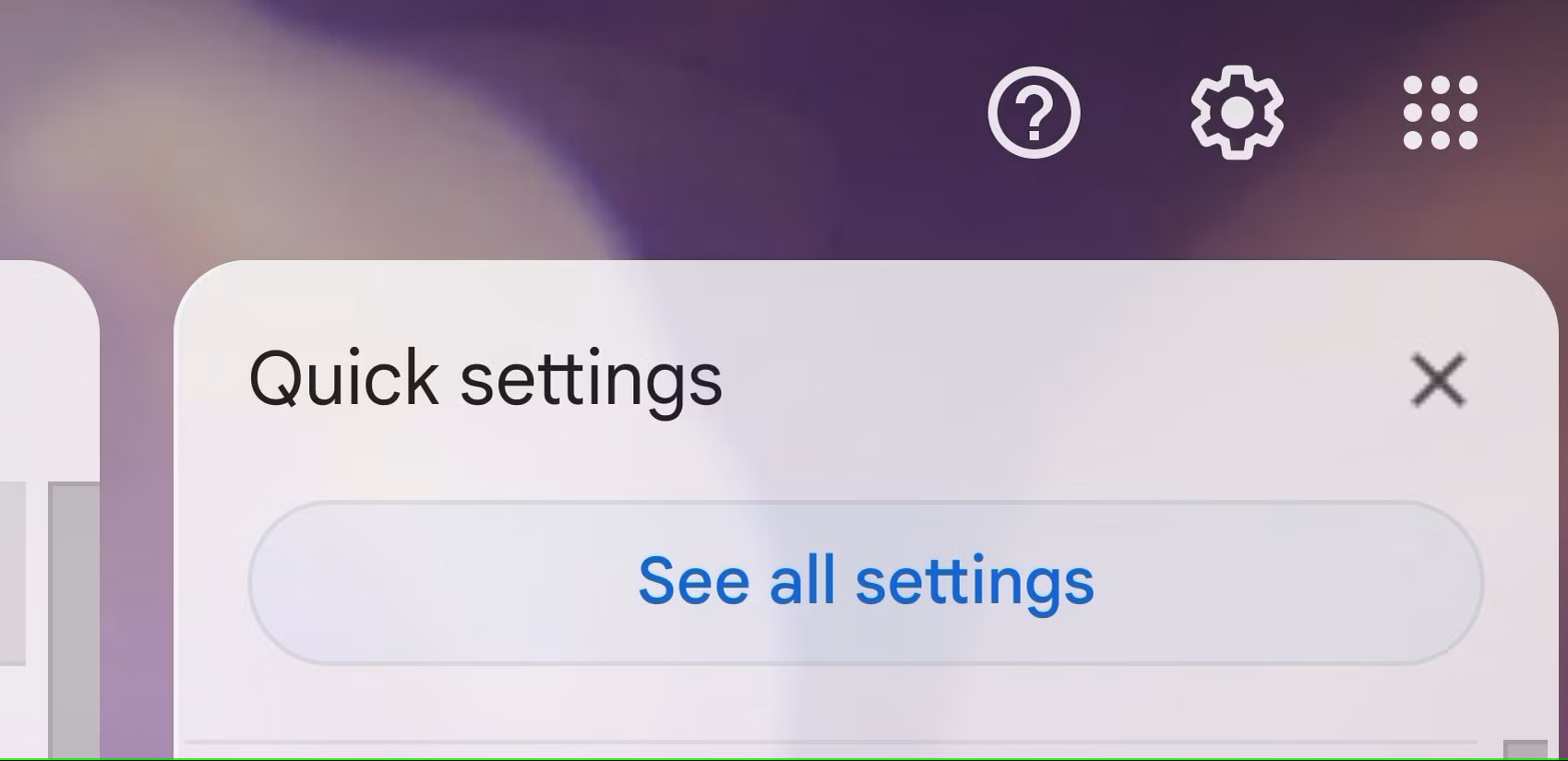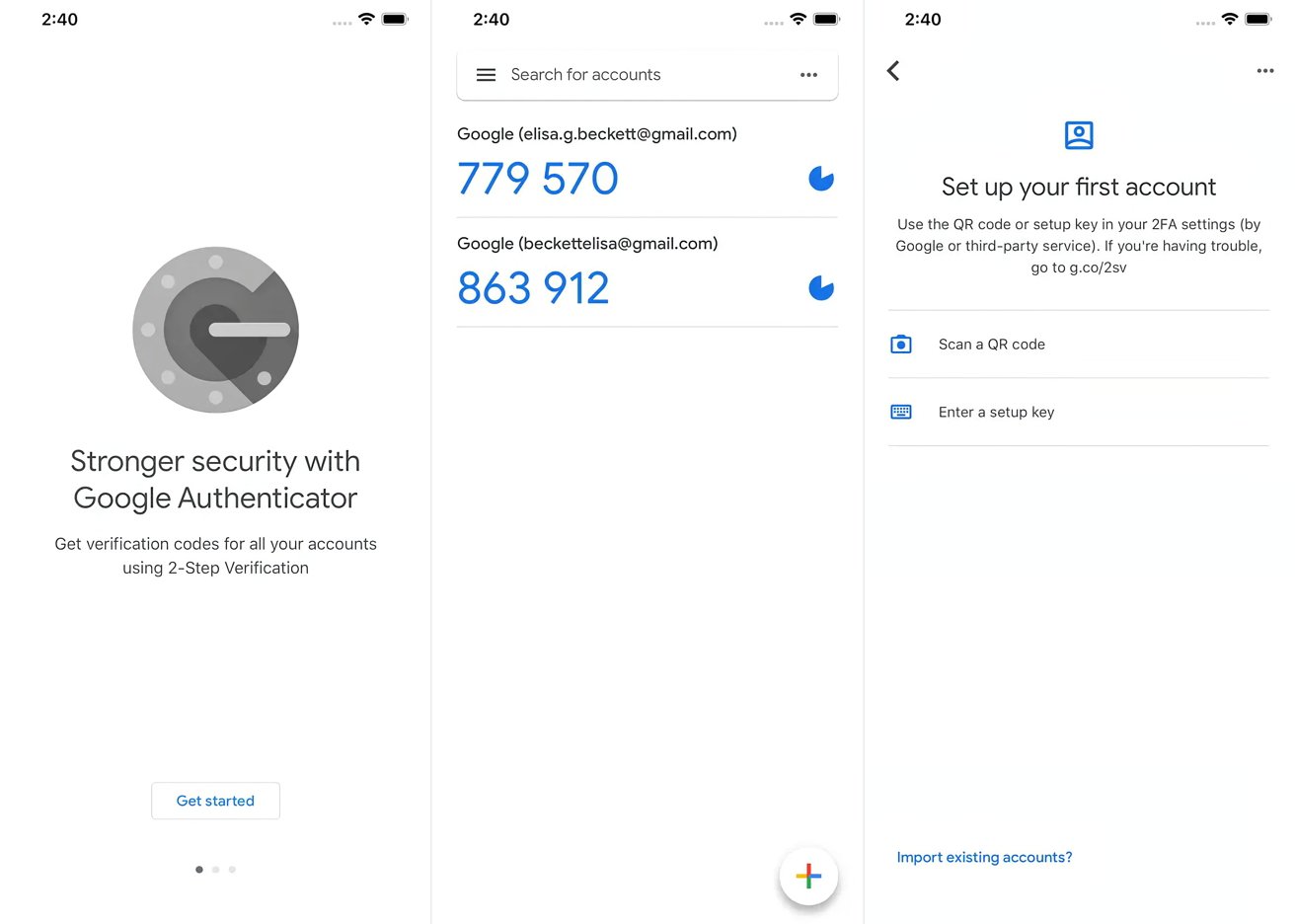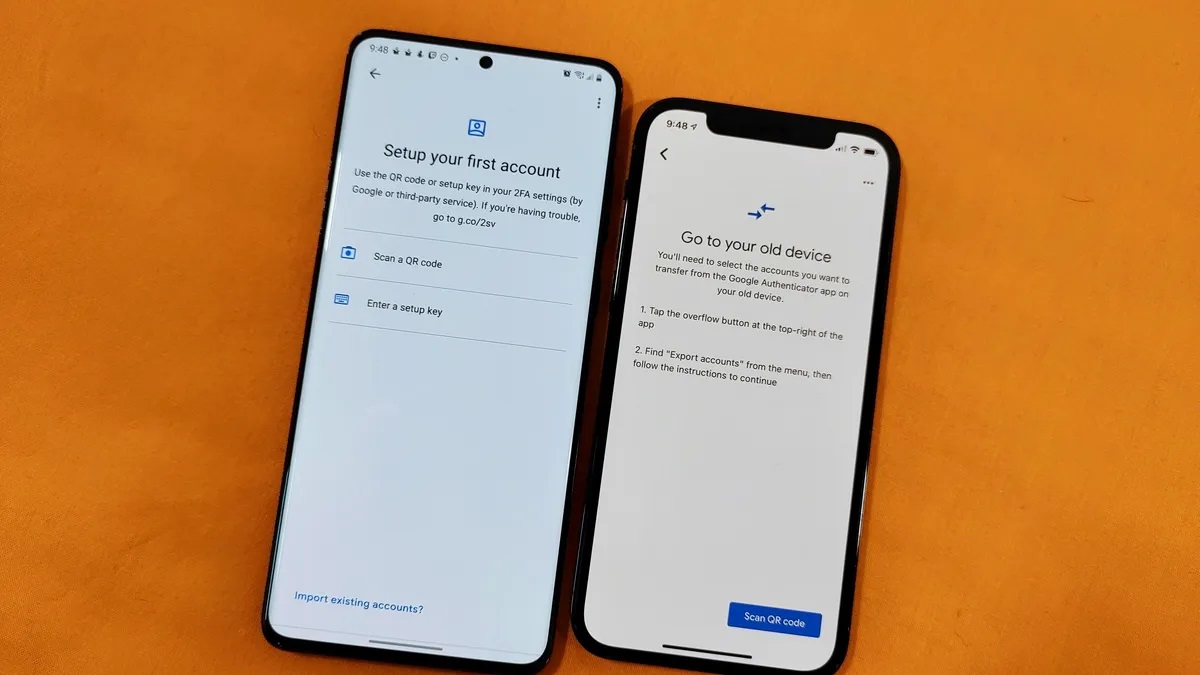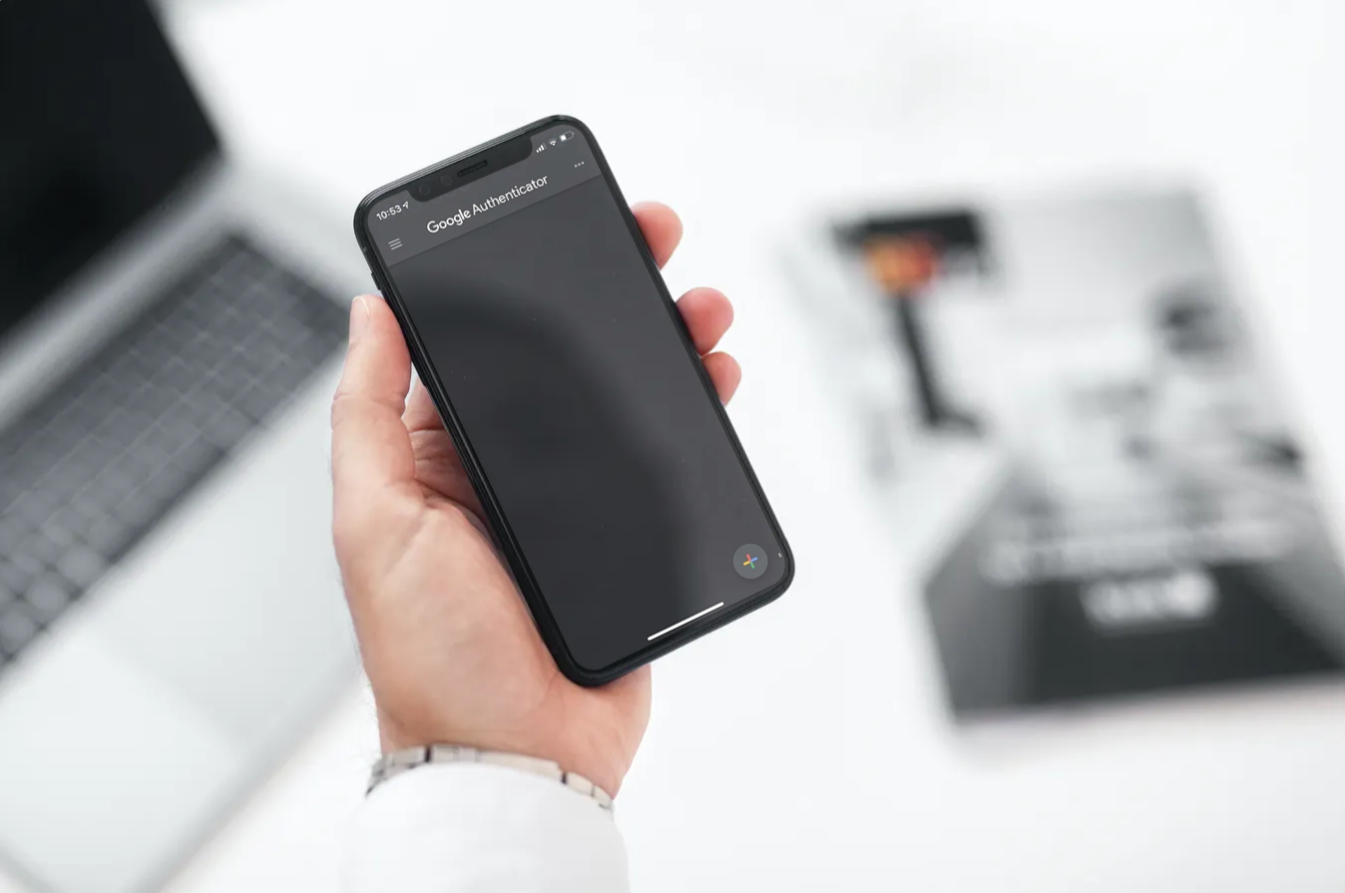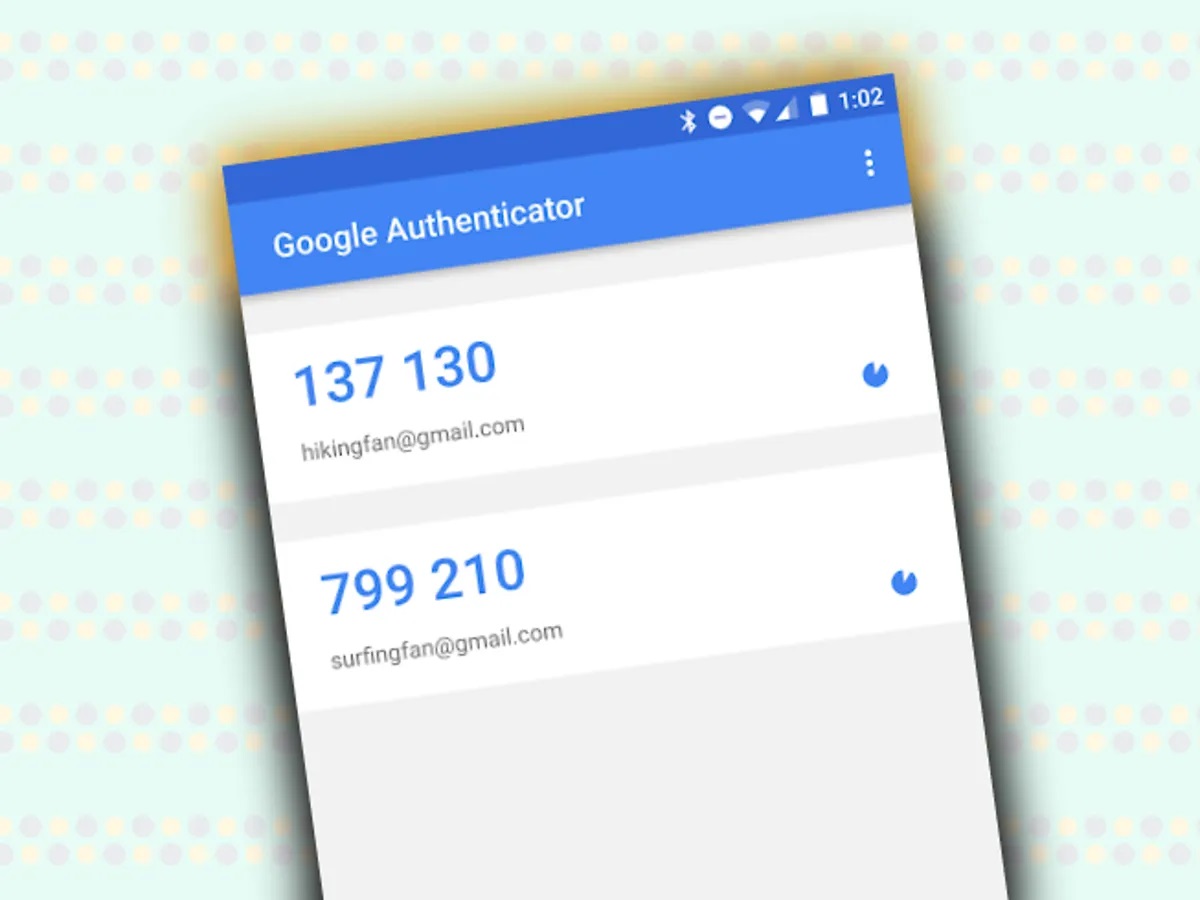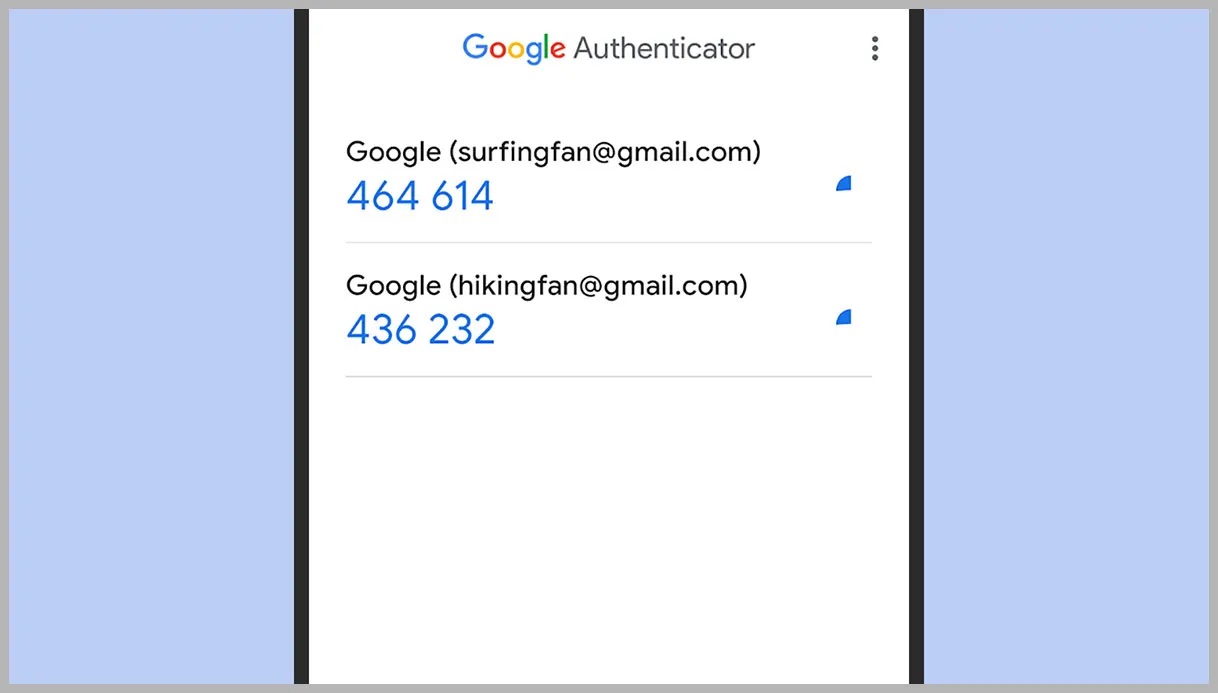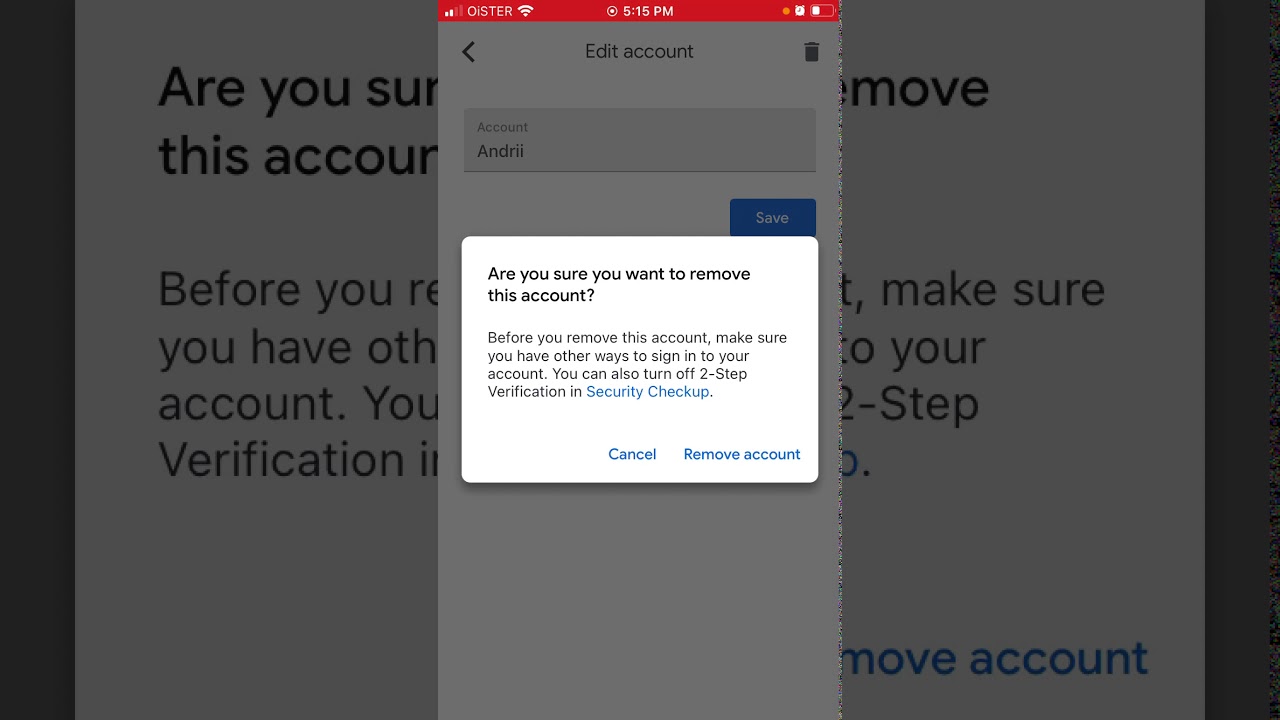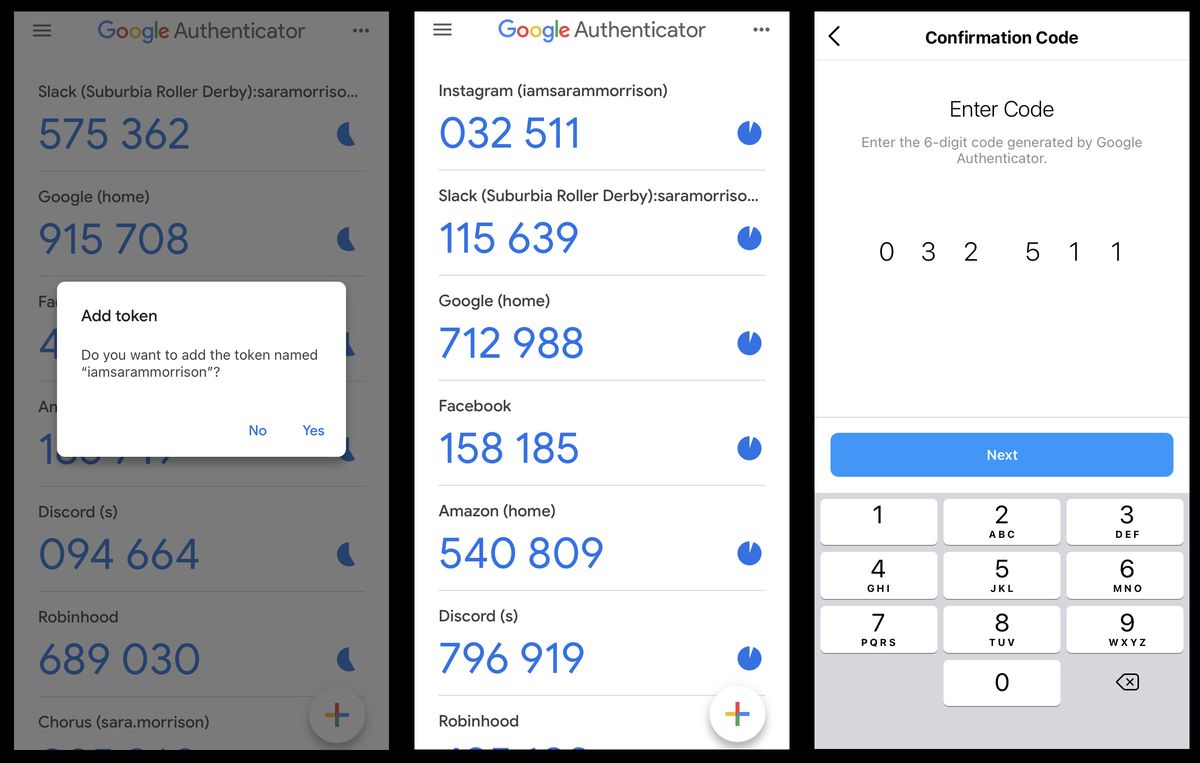Home>Software and Apps>How To Reset Google Authenticator On IPhone
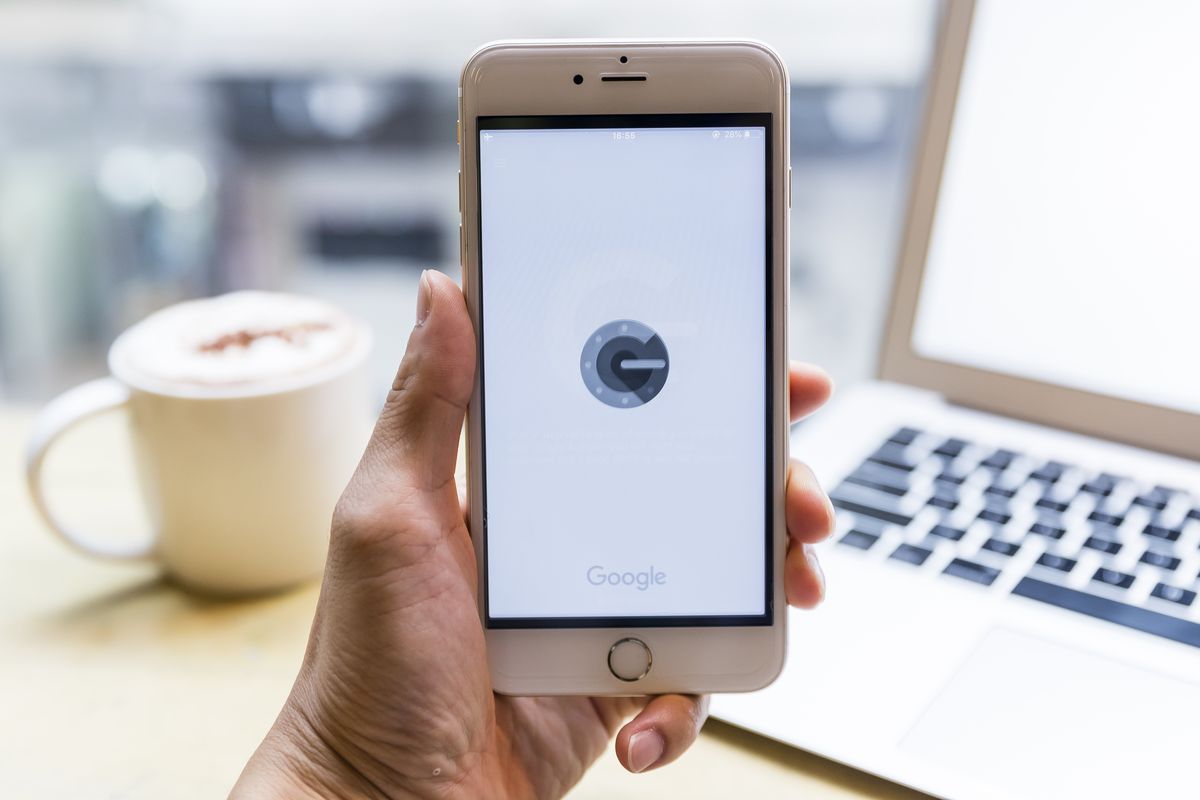

Software and Apps
How To Reset Google Authenticator On IPhone
Modified: May 29, 2024
Learn how to reset Google Authenticator on your iPhone with our step-by-step guide. Keep your software and apps secure with these easy instructions.
(Many of the links in this article redirect to a specific reviewed product. Your purchase of these products through affiliate links helps to generate commission for Techsplurge.com, at no extra cost. Learn more)
Table of Contents
Introduction
In today's digital age, safeguarding our online accounts is of paramount importance. With the increasing prevalence of cyber threats, it's crucial to fortify our digital security measures. One such tool that has gained widespread popularity for enhancing account security is Google Authenticator. This app provides an additional layer of protection by generating unique verification codes for two-factor authentication, thereby thwarting unauthorized access to our accounts.
However, there are instances where users may encounter issues with Google Authenticator, such as losing access to their devices or inadvertently deleting the app. In such scenarios, it becomes imperative to reset Google Authenticator to regain access to our accounts. This article delves into the intricacies of resetting Google Authenticator on an iPhone, providing a comprehensive guide to assist users in navigating this process seamlessly.
By understanding the nuances of resetting Google Authenticator, users can equip themselves with the knowledge and tools necessary to overcome potential hurdles and maintain the integrity of their online accounts. Whether it's due to a lost or damaged device, a new phone, or simply the need to reset the app for security reasons, having a clear understanding of the reset process is invaluable in ensuring uninterrupted access to our accounts.
In the subsequent sections, we will delve into the fundamental aspects of Google Authenticator, elucidate the step-by-step process for resetting the app on an iPhone, explore alternative methods for resetting Google Authenticator, and empower users with the insights needed to navigate this essential aspect of digital security. Let's embark on this informative journey to unravel the intricacies of resetting Google Authenticator on an iPhone and fortify our digital defenses.
Read more: Resetting Google Authenticator
Understanding Google Authenticator
Google Authenticator is a multifaceted mobile app designed to bolster the security of online accounts by implementing two-factor authentication (2FA). This additional layer of protection serves as a formidable deterrent against unauthorized access, significantly enhancing the overall security posture of users' digital accounts.
Upon activation, Google Authenticator generates unique, time-sensitive verification codes that users must input alongside their standard login credentials. These codes, often referred to as one-time passwords (OTPs), are dynamically generated and are valid for a brief period, typically 30 seconds. This time-bound nature adds an extra dimension of security, rendering the codes ineffective for malicious actors attempting to reuse them beyond their expiration window.
The app operates on the principle of time-based one-time passwords (TOTP), utilizing a shared secret key to synchronize the generation of verification codes between the user's device and the corresponding online service. This synchronization ensures that the codes generated by Google Authenticator align precisely with those expected by the service, thereby facilitating seamless authentication while mitigating the risk of unauthorized access.
Google Authenticator supports a diverse array of online platforms, including email services, social media networks, financial institutions, and various other digital services that prioritize security. Its versatility and compatibility with a wide spectrum of online accounts make it a popular choice for individuals and organizations seeking to fortify their digital defenses.
Moreover, Google Authenticator offers a user-friendly interface, making it accessible to a broad demographic of users. Its intuitive design and straightforward setup process contribute to its widespread adoption, empowering users to implement robust security measures without encountering significant barriers.
By comprehending the underlying principles and functionalities of Google Authenticator, users can appreciate its pivotal role in fortifying the security of their online accounts. This understanding lays the foundation for effectively leveraging the app's capabilities and navigating the process of resetting Google Authenticator on an iPhone, a crucial aspect of maintaining robust digital security.
In the subsequent sections, we will delve into the step-by-step process for resetting Google Authenticator on an iPhone, equipping users with the knowledge and insights needed to address potential challenges and uphold the integrity of their online accounts.
Steps to Reset Google Authenticator on iPhone
Resetting Google Authenticator on an iPhone is a straightforward yet crucial process that empowers users to regain access to their online accounts and fortify their digital security. Whether it's due to a lost or damaged device, a new phone, or the need to reset the app for security reasons, understanding the step-by-step procedure is essential. Here's a comprehensive guide to resetting Google Authenticator on an iPhone:
-
Accessing the Google Authenticator App: Begin by locating the Google Authenticator app on your iPhone. The app's icon typically features a bold, white "G" against a black background, serving as a distinctive identifier amidst your array of applications.
-
Launching the App: Upon locating the Google Authenticator app, tap on the icon to launch the application. This action will initiate the app, presenting the user interface that showcases the stored accounts and their corresponding verification codes.
-
Navigating to the Settings: Within the Google Authenticator app, navigate to the "Settings" or "Options" section. This step is pivotal in accessing the app's configuration and management features, enabling users to initiate the reset process seamlessly.
-
Selecting the Account to Reset: Once in the settings section, identify the account for which you intend to reset Google Authenticator. This could be the account associated with a specific online service, such as a social media platform, email provider, or financial institution.
-
Initiating the Reset: Within the account settings, locate the option to reset or remove the account from Google Authenticator. This action will prompt a confirmation dialogue, ensuring that users proceed deliberately to prevent inadvertent removal of accounts.
-
Confirming the Reset: Upon selecting the reset or remove option, the app will typically request user confirmation to finalize the reset process. This confirmation may involve entering a secondary verification code or utilizing biometric authentication, depending on the user's device settings.
-
Completing the Reset: After confirming the reset, the selected account will be removed from Google Authenticator, effectively resetting the app's configuration for that specific account. This action clears the existing association between the app and the account, paving the way for reconfiguration or re-association with the account as needed.
By following these step-by-step instructions, users can navigate the process of resetting Google Authenticator on their iPhone with confidence and precision. This proficiency empowers individuals to address unforeseen circumstances, such as device loss or replacement, without compromising the security of their online accounts. Additionally, it underscores the proactive approach to digital security, ensuring that users are well-equipped to manage and safeguard their online presence effectively.
Alternative Methods for Resetting Google Authenticator
In addition to the conventional approach of resetting Google Authenticator directly within the app, users can explore alternative methods to address specific scenarios or challenges. These alternative methods offer flexibility and adaptability, catering to diverse circumstances that may necessitate the reset of Google Authenticator on an iPhone. Here are several alternative methods for resetting Google Authenticator:
1. Account Recovery Processes:
In instances where users encounter difficulties accessing their Google Authenticator due to device loss or damage, many online services provide account recovery processes. These processes often involve multifaceted verification methods, enabling users to regain access to their accounts and reconfigure Google Authenticator on a new device. By following the designated account recovery procedures for the respective online services, users can initiate the reconfiguration of Google Authenticator, effectively resetting the app's association with their accounts.
2. Two-Factor Authentication (2FA) Backup Codes:
Several online platforms offer backup codes as part of their two-factor authentication (2FA) mechanisms. These backup codes serve as a contingency measure, allowing users to bypass Google Authenticator temporarily and access their accounts in scenarios where the app is inaccessible. By utilizing these backup codes, users can navigate the process of resetting Google Authenticator without being solely reliant on the app for account access. This supplementary approach provides a safety net for users, particularly in situations where immediate access to their accounts is imperative.
3. Account-Specific Support Channels:
Certain online services feature dedicated support channels for account-related inquiries and issues, including those pertaining to two-factor authentication and Google Authenticator. Users encountering challenges with Google Authenticator can leverage these support channels to seek guidance on resetting the app or addressing account access issues. Through direct engagement with the support teams of the respective online services, users can receive tailored assistance and insights into the most effective methods for resetting Google Authenticator within the context of their specific accounts.
4. Device Backup and Restore:
For users transitioning to a new iPhone or restoring their devices from backups, the process of resetting Google Authenticator can be streamlined through comprehensive device backup and restore procedures. By backing up the previous device and subsequently restoring the backup onto the new iPhone, users can seamlessly transfer their Google Authenticator configurations, including associated accounts and settings. This approach minimizes the complexities of resetting Google Authenticator, ensuring a smooth transition to a new device without compromising the app's functionality.
By embracing these alternative methods for resetting Google Authenticator, users can navigate diverse scenarios and challenges with confidence and efficacy. These supplementary approaches augment the conventional reset process, offering tailored solutions to address specific contingencies and fortify the resilience of Google Authenticator in safeguarding users' online accounts. Whether it involves leveraging account recovery processes, utilizing backup codes, engaging with support channels, or optimizing device backup and restore procedures, these alternative methods empower users to maintain the integrity of their digital security measures effectively.
Conclusion
In conclusion, the process of resetting Google Authenticator on an iPhone is a pivotal aspect of maintaining robust digital security and ensuring uninterrupted access to online accounts. By comprehending the fundamental principles of Google Authenticator and navigating the step-by-step procedure for resetting the app, users can fortify their digital defenses and address unforeseen challenges with confidence and precision.
The multifaceted nature of Google Authenticator, encompassing time-based one-time passwords (TOTP) and seamless account synchronization, underscores its pivotal role in enhancing the security posture of online accounts. This app serves as a formidable deterrent against unauthorized access, empowering users to mitigate the risks posed by cyber threats and bolster the resilience of their digital presence.
The step-by-step guide for resetting Google Authenticator on an iPhone elucidates the essential actions required to navigate this process effectively. From accessing the app and initiating the reset to confirming the removal of accounts, each step contributes to the seamless execution of the reset procedure. This proficiency equips users with the knowledge and insights needed to address diverse scenarios, including device loss, new phone setup, and security-driven resets, thereby ensuring the continuity of their digital security measures.
Furthermore, the exploration of alternative methods for resetting Google Authenticator underscores the adaptability and flexibility inherent in addressing specific challenges. Whether it involves leveraging account recovery processes, utilizing backup codes, engaging with support channels, or optimizing device backup and restore procedures, these alternative methods offer tailored solutions to fortify the resilience of Google Authenticator and uphold the integrity of users' online accounts.
By embracing a proactive approach to digital security and equipping themselves with the requisite knowledge and tools, users can navigate the intricacies of resetting Google Authenticator on an iPhone with confidence. This proactive stance not only safeguards their online accounts but also underscores their commitment to maintaining a robust digital presence in the face of evolving cyber threats.
In essence, the process of resetting Google Authenticator on an iPhone transcends mere technicalities; it embodies a proactive stance toward digital security, empowering users to fortify their online accounts and navigate unforeseen challenges with resilience and efficacy. As users embrace the insights and methodologies delineated in this article, they embark on a journey toward bolstering their digital defenses and upholding the integrity of their online presence.

